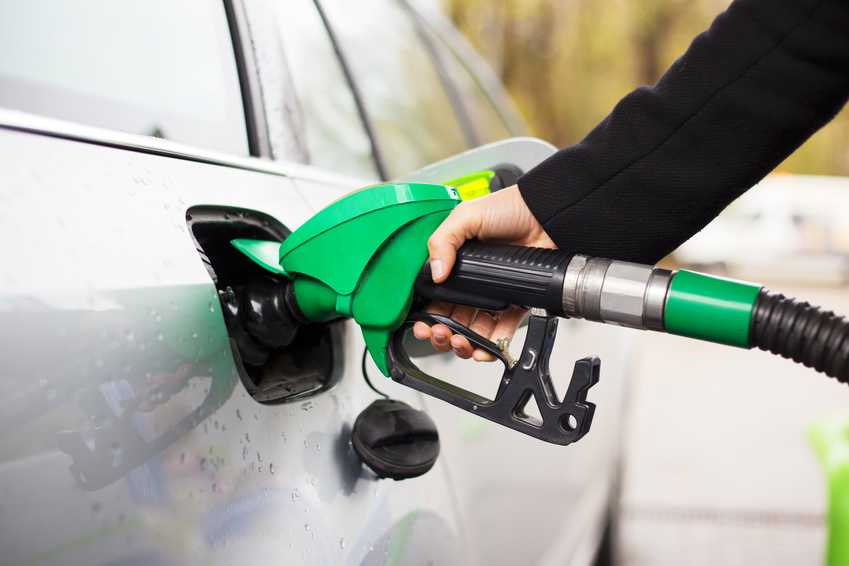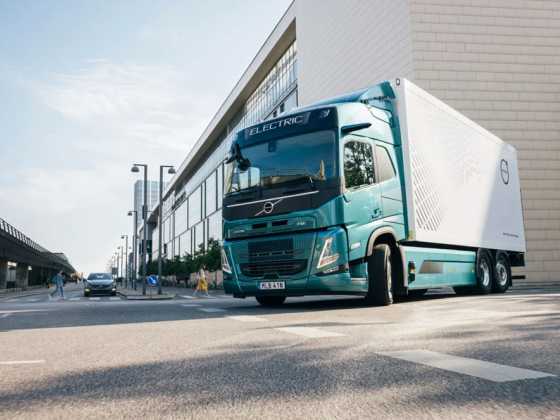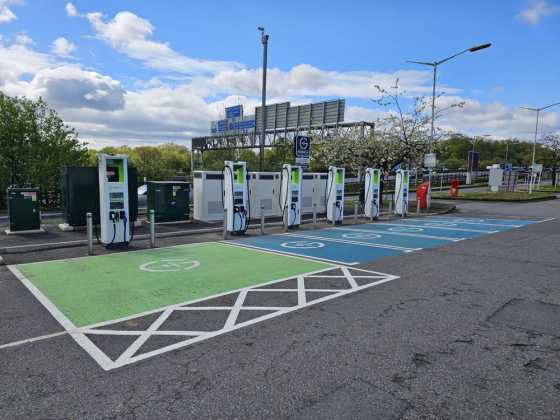Pump prices at two year high despite stable wholesale cost, says RAC

The prices of petrol and diesel at the pumps increased by 2p a litre in January to their highest for more than two years, despite the wholesale cost of unleaded staying the same and diesel reducing, according to the first RAC Fuel Watch report of 2017.
The pump price rise comes hot on the heels of a 3p a litre increase in December, making for a 5p a litre increase since the beginning of December. Aside from a fall in the price of forecourt fuel in November and July last year, the cost of petrol and diesel has been going up steadily since March.
A litre of unleaded now stands at 120.01p and diesel at 122.30p – at the start of the year it was 117.90p and 120.35 respectively. At the beginning of August however, the average price paid by motorists for petrol was just 111.17p with diesel only slightly more expensive at 111.93p. And, compared to early January 2016 unleaded has gone up 17p a litre from 102.69p and diesel has increased 21p from its end of January 2016 low of 101.05p.
The January pump price increase has added another pound to a tank of petrol or diesel, but sadly filling up a 55-litre family car with unleaded is now £9.53 more expensive and diesel £11.69 dearer than a year ago.
However, the RAC believes motorists should be aggrieved by the 2p a litre January jump in price as the wholesale price of unleaded has remained stable throughout the month and diesel has actually reduced slightly.
RAC fuel spokesman Simon Williams said: “In the last two months 5p a litre has been added to the pump price of both petrol and diesel which means the cost of filling up is really starting to hurt motorists again. But the January rise is harder to swallow as there is a saving from wholesale prices that retailers should be passing on a little faster than they are.
“It is particularly worrying that the supermarkets have increased their prices by an average of 3p a litre in January with one adding nearly 5p a litre.
“As the wholesale price stands currently we would be expecting to see average prices come down by over a penny a litre in the next fortnight.”
The higher pump prices have been driven by a rise in the cost of oil and the lower value of the pound against the dollar. In January the average price of a barrel of oil was just over $54 and sterling exchange rate improved by 3%, helping to ease pump prices slightly as fuel is traded in dollars.
Simon Williams added: “The oil production cuts made by the Organization of the Petroleum Exporting Countries together with non-OPEC countries have definitely led to a higher barrel price which in turn has translated to motorists paying more on the forecourt.
"But we are hopeful that the oil price will remain around the mid-$50 mark for some time meaning fuel prices should hover around the current level for some time, providing the exchange rate doesn’t worsen.
“In the coming weeks we will be using RAC Fuel Watch to monitor prices very carefully with a view to ensuring prices do not rise quicker than they should, and we encourage retailers to pass on any savings should the wholesale price drop. We believe fuel pricing transparency is essential and are doing all we can to make sure that the retail price of petrol and diesel fairly reflect the wholesale cost.”



